
Lindsey Peterson Interview on “‘Home Builders’: Free Labor Households and Settler Colonialism in Western Union Civil War Commemorations”
In today’s Muster, associate editor Robert D. Bland speaks with Lindsey R. Peterson about her March 2025 JCWE article “‘Home-Builders': Free Labor Households and Settler Colonialism in Western Union Civil War Commemorations.” This article, which won the 2023 Anthony Kaye Memorial Essay Award, examines the regional effort to connect the legacy of ...
Read More
Read More

Teaching the Civil War: Chattanooga’s Confederate Cemetery
Today's Muster continues our series Teaching the Civil War. Each post in the series has examined a different method that college and K-12 teachers have used to make the Civil War era come alive in the classroom. The following post by University of Tennessee Chattanooga professors Mark Johnson and Michael ...
Read More
Read More
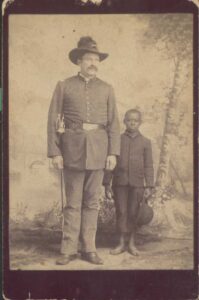
Photography, Visual Culture and Building a Black Civil War Memory Archive
I am a collector of early African American photography and visual culture. I began my collection after attending a NEH Summer Institute focused on the visual culture of the American Civil War. I initially applied to expand how I historicized the diverse African American experience of the Civil War and ...
Read More
Read More
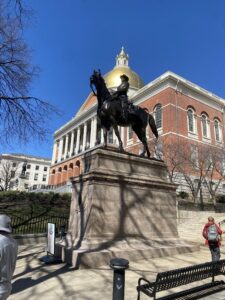
Teaching the Civil War: A Place-Based Learning Approach to Civil War Memory
This post is the second in a new Muster series that will highlight innovative ways that classroom instructors have approached teaching the Civil War era. Today’s post is written by Professor Ian Delahanty and offers a creative approach for introducing students to Civil War-era history through a place-based learning experience ...
Read More
Read More
Interview with Brian Matthew Jordan and Jonathan W. White
In today's Muster, JCWE Book Review Editor Megan Bever joins Brian Matthew Jordan and Jonathan W. White to talk about their edited collection, Final Resting Places: Reflections on the Meaning of Civil War Graves, which was published by UGA Press in 2023 ...
Read More
Read More
Exit Interview with Hilary Green
What has been the most rewarding part of your time with Muster? It has been rewarding to introduce the amazing work of more diverse Civil War era scholars to more diverse audiences of academic, K-12, and non-academic audiences. As such, I have been able to see more people engage with their ...
Read More
Read More

2024 Tom Watson Brown Book Prize Winner
The Society of Civil War Historians and the Watson-Brown Foundation are proud to announce that Yael A. Sternhell is the recipient of the 2024 Tom Watson Brown Book Award. Dr. Sternhell earned the award for War on Record: The Archive and the Afterlife of the Civil War which was published in ...
Read More
Read More
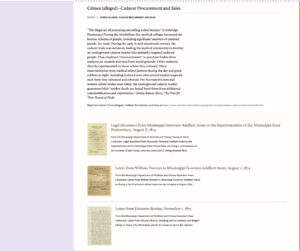
Uncovering Black Voices in Civil War Era Digital Archives: The Civil War & Reconstruction Governors of Mississippi Project
While pondering the future of digital history, historian Edward L. Ayers argues the field should not only replicate archives and build new tools. It must also feature interpretation, explanation, and explication, and when it accomplishes these things, it can contribute original knowledge and perform a democratic service in meaningful and ...
Read More
Read More
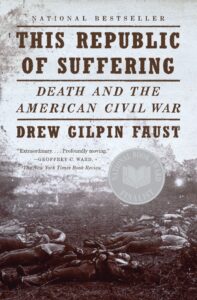
Drew Gilpin Faust’s Landmark: This Republic of Suffering: Death and the American Civil War Turns 15
In 1866, while surveying former Confederate landscapes, Edmund Whitman observed that the “entire country over which the war has extended, . . . composes one vast charnel house of the dead.”[1] Although southerners were mostly the denizens living inside that veritable “house of the dead,” Drew Gilpin Faust has produced ...
Read More
Read More

Announcing the 2023 Anthony E. Kaye Memorial Essay Award
The Journal of the Civil War Era is pleased to announce that Dr. Lindsey Peterson has been selected as the recipient of the Anthony E. Kaye Memorial Essay Award for 2023. Her winning essay is titled, “‘Homebuilders’: Gender and Union Commemoration in the Trans-Mississippi West.” The prize selection committee, consisting of Dr ...
Read More
Read More

Treason Made Odious Again: Reflections From the Naming Commission, and the Front Lines of the Army’s War on the Lost Cause
“So,” the man across the high-top cocktail table said, precise eye contact belying years of military bearing. “What’s your role in all this?” Fishing my nametag from behind my tie, I replied with all the authority someone five weeks on the job could muster. “I’m the Naming Commission’s Lead Historian.” ...
Read More
Read More
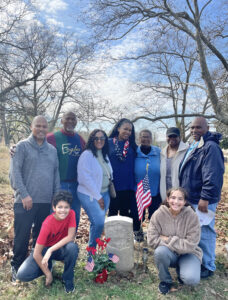
Researching Northern Black Families’s Civil War: An Interview With Michelle Marsden
When I began examining the lived experiences of northern United States Colored Troops (USCT) soldiers, I thought it was critical to emphasize their lives and familial dynamics beyond their time in the U.S. Army. My book-The Families' Civil War: Black Soldiers and The Fight for Racial Justice-details northern freeborn families ...
Read More
Read More
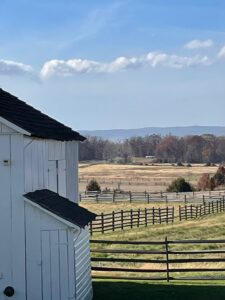
Walking with Enslaved and Enslavers at Pickett’s Charge (and Retreat)
Trampling down Black people and Black property in order to remake history, memory and geography was a quotidian activity in the post-Civil War United States. In the states that Robert E. Lee’s soldiers hailed from, this was often done with ugly, tortuous violence against Black southerners. In 1938, in the ...
Read More
Read More
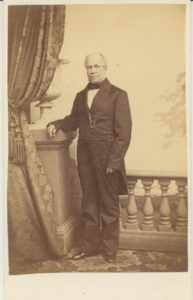
Hollywood Has Yet to Capture the Relationship that Developed between African Americans and Lincoln
Abraham Lincoln has been featured in movies since the dawn of cinema, but it’s only been in recent years that his connection with African Americans has gained significant attention. Released in 2012, two films highlighted the role of Black men and women in the Lincoln White House. Abraham Lincoln: Vampire ...
Read More
Read More
“Playing at War:” A Pre-AHA 2022 Recorded Roundtable Conversation
Editor's note: As part of the SCWH Outreach Committee's effort to promote the work of early career scholars, this pre-AHA 2022 recorded roundtable showcases four contributing authors and two co-editors from the forthcoming edited collection, Playing at War: Identity & Memory in American Civil War Video Games (LSU Press). ***** This ...
Read More
Read More
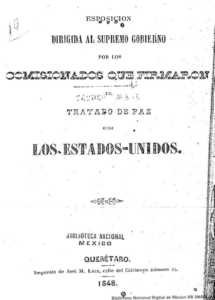
The First Lost Cause: Transnational Memory
The study of Civil War Memory has grown exponentially over the past decade. While Civil War history in general has taken a small transnational turn, memory studies continues to lag behind in that regard. Michael J. Turner’s 2012 work served as an early attempt for its exploration of the image ...
Read More
Read More
